Huanglong – Sichuang’s Yellow Dragon Posted by sasha on Oct 16, 2017 in Uncategorized
After visiting Jiuzhaigou, you might as well stick around northern Sichuan and head to another beautiful scenic area – Huanglong (黃龍 – huáng lóng). Let’s learn more about this amazing place, starting with its name.
Yellow Dragon
You may be wondering where this area got its name, which means “Yellow Dragon.” It’s said that from above, the valley resembles a yellow dragon winding its way through the mountains and surrounding forest. The color is due to the calcite deposits that have come from the water running down the mountain over thousands of years. If you look closely, you can see how the various pools actually resemble a dragon’s scales.
The Scenic Area
Huanglong is located at the southern end of the Minshan mountain range (岷山 – mín shān), about 2.5 hours south of Jiuzhaigou. The entire area is massive, covering 1,830 square km in total. It’s even higher than Jiuzhaigou, with an altitude between 1,700m and 5,588m. The highest peak is located at Xuebaoding (雪宝顶 – xuě bǎo dǐng). Gaze up when you’re in the park, and you’re sure to see this “Snow Treasure Peak.”
Huanglong is most famous for its countless travertine pools, a type of limestone deposited by mineral springs. They are formed over time by the rapid precipitation of calcium carbonate. These hold water of all different colors, which you can see at the Five-Colored Pond (五彩池 – wǔ cǎi chí).
There are also a few waterfalls you can see in the scenic area, such as the Marvelous Flying Waterfall (飞瀑流辉 – fēi pù liú huī). You’ve got to give it to China – nobody comes up with poetic names quite like they do. Thanks to its natural beauty, Huanglong was named a UNESCO World Heritage Site in 1992.
Huanglong Ancient Temple
At the top of the valley, you’ll find the Huanglong Ancient Temple (黃龍古寺 – huáng lóng gǔ sì). It’s a beautiful sight, with the Five-Colored Pond as its backdrop.
This Ming Dynasty-era Taoist temple is still active to this day. It’s especially busy here during the temple festival, which occurs on the 15th day of the 6th lunar month. People from all around the valley come out to sing, dance, and make offerings in the temple.
Visiting
The park is open all year, with high season coming between April 1-November 15 and low season from November 16-March 31. Tickets cost 200 RMB in the high season and only 60 in the low. It’s possible that the park could be closed at times during the winter due to weather, so it’s recommended to plan a visit during the high season.
There’s a boardwalk you can walk up and down, or you can pay to take the cable car. The most popular way to visit is to ride the cable car up and then enjoy a leisurely stroll down the boardwalk.
As with most tourist attractions in China, you’ll find a good amount of Chinglish here. I don’t know about you, but Chinglish signs always make my day. I’m not sure what a “rowing manner” is, but I’m sure glad that it’s not “construction rudely” going on in the park.
With just 3 days, it’s possible to visit Jiuzhaigou and Huanglong. If you’re looking for a challenge above and beyond walking along boardwalks and riding cable cars, then it’s worth sticking around for a few more days. Next up, we’ll take a look at the epic eco-tourism trek in the Zharu Valley that lasts 2-3 days.

Build vocabulary, practice pronunciation, and more with Transparent Language Online. Available anytime, anywhere, on any device.




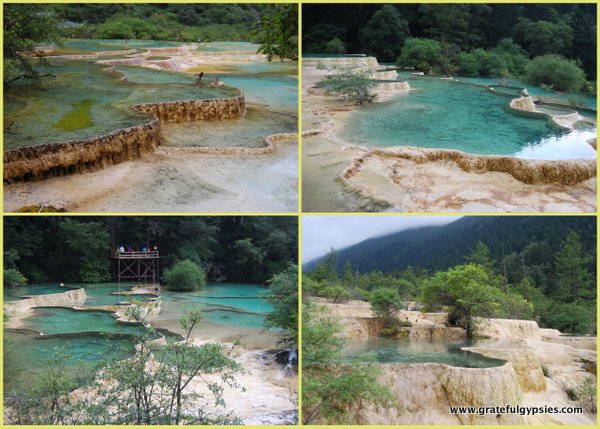
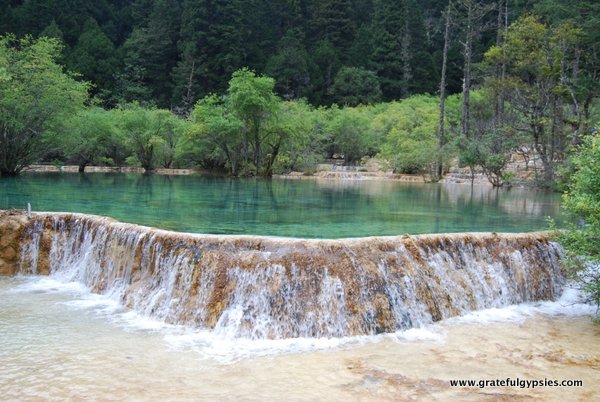
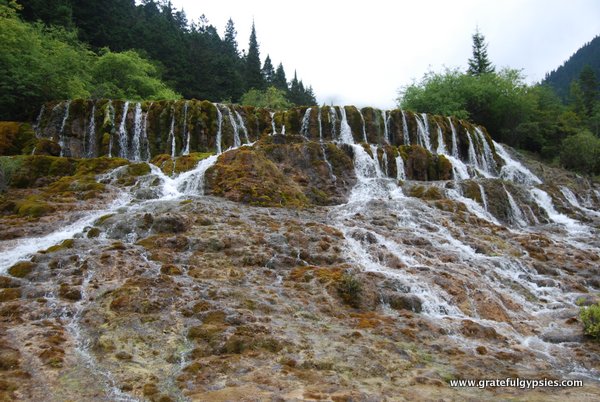
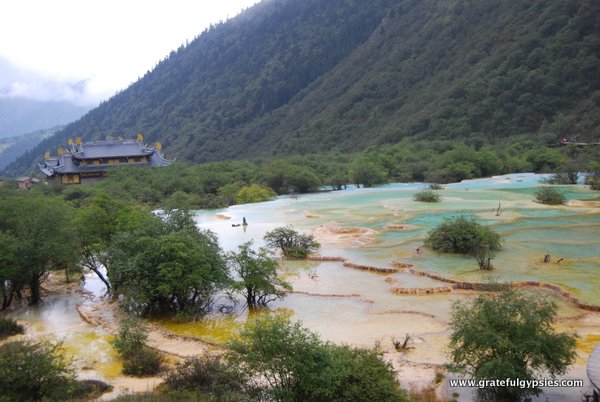
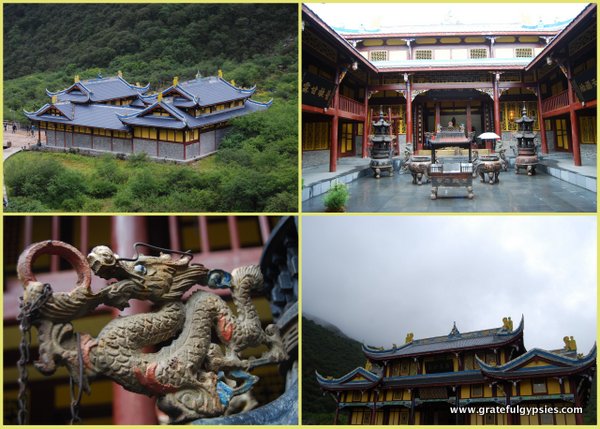

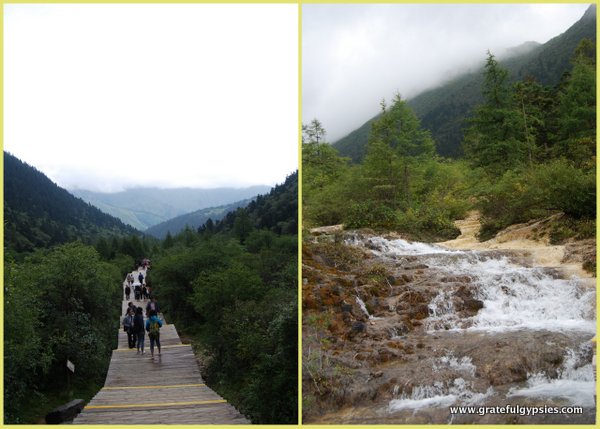
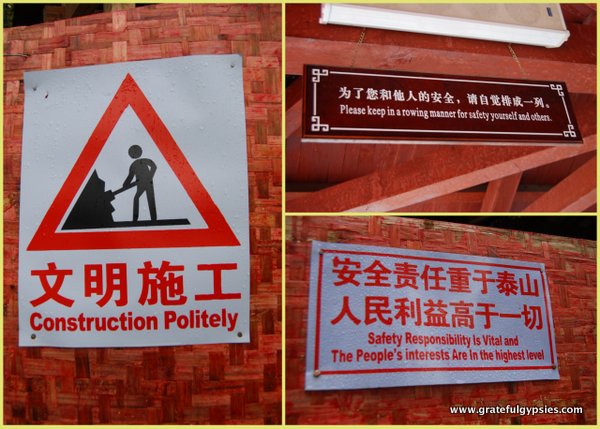

Leave a comment: